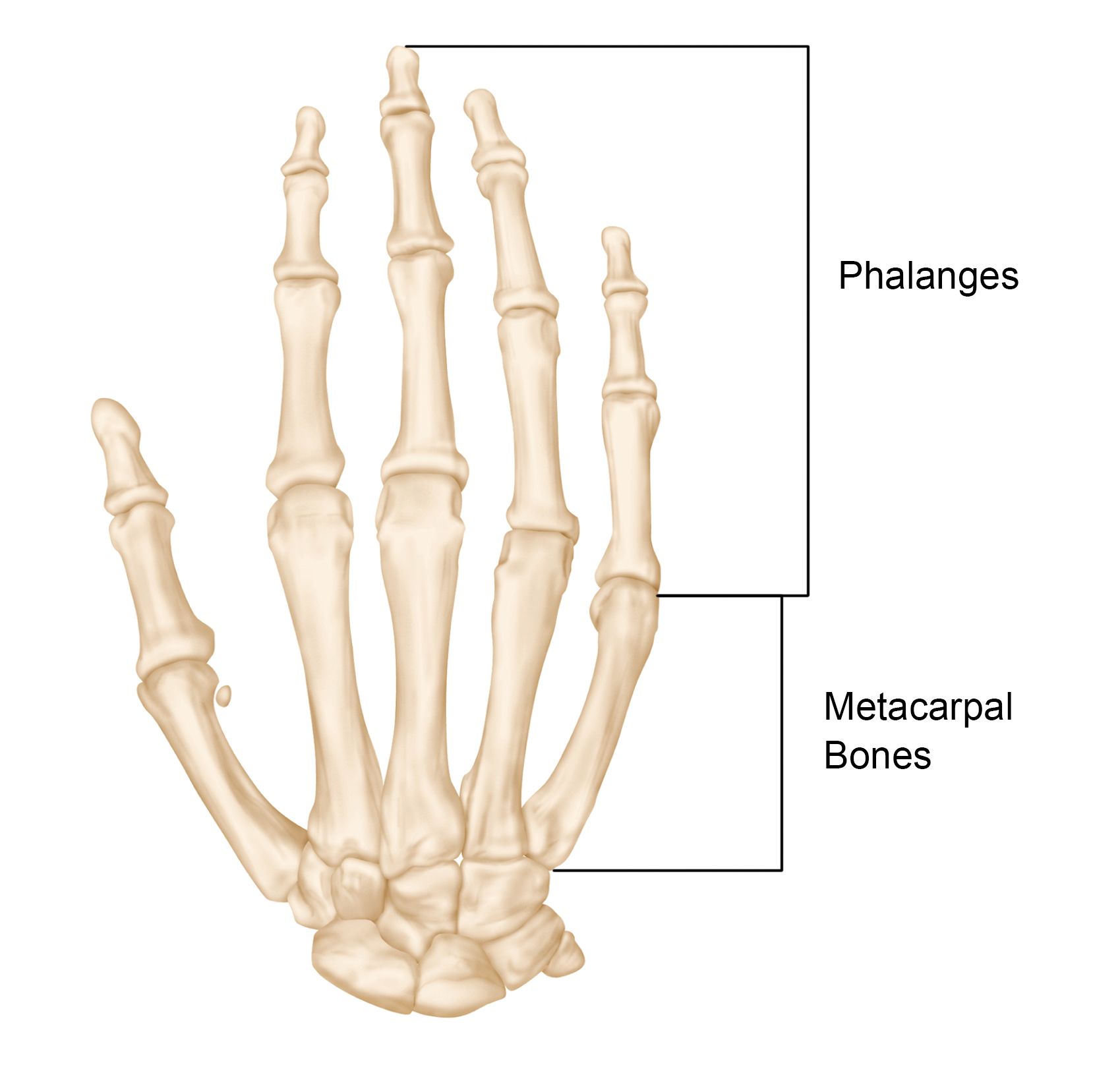|
mark indigo -> Stretch between fingers 2 and 3? (Jun. 28 2023 17:33:55)
|
I've been thinking about stretch between fingers 2 and 3 of the fretting hand (left hand for right handers) lately. Stretch between fingers 1 and 2, and between fingers 3 and 4 is ubiquitous and no problem for me, but between fingers 2 and 3?
I can't think of anything I have actually played or tried to play with a stretch between these fingers.
But I have come across a few exercises to develop this stretch. Gerardo Nuñez showed one, and Pepe Justicia the same one
(Hold Major 7 chord on top 4 strings -
1st finger on 1st string 9th fret,
2nd finger on 2nd string 10th fret,
3rd finger on 3rd string 11th fret,
4th finger on 4th string 12th fret -
strum or arpeggiate chord,
then move 1st finger down one fret and repeat,
then 2nd finger down one fret and repeat,
then 3rd repeat,
then 4th)
Also a couple of exercises on Oscar Herrero Paso a Paso vid 3 - one a scalar type exercise and the other a chord exercise
(1st finger on 6th string, 10th fret,
2nd finger on 5th string, 12th fret,
3rd finger on 4th string, 14th fret,
4th finger on 3rd string, 16th fret,
move chord down one fret at a time)
I have no idea what these exercises are for if there's no need to develop a stretch between fingers 2 and 3, UNLESS it somehow helps to widen the stretch of the hand to better enable the 1st and 4th fingers to stretch out....
Also, a pro guitarist/teacher once told me that trying to develop stretch between [fingers 2 and 3*] was not really possible, and that it was bad for the hand to even try. But I have no evidence for or against this.
Does anyone have any thoughts or information on this?
*Edit: realised it should have read "trying to develop stretch between fingers 2 and 3 was not really possible, and that it was bad for the hand" and added missing part in bracket.
|
|
|
|

